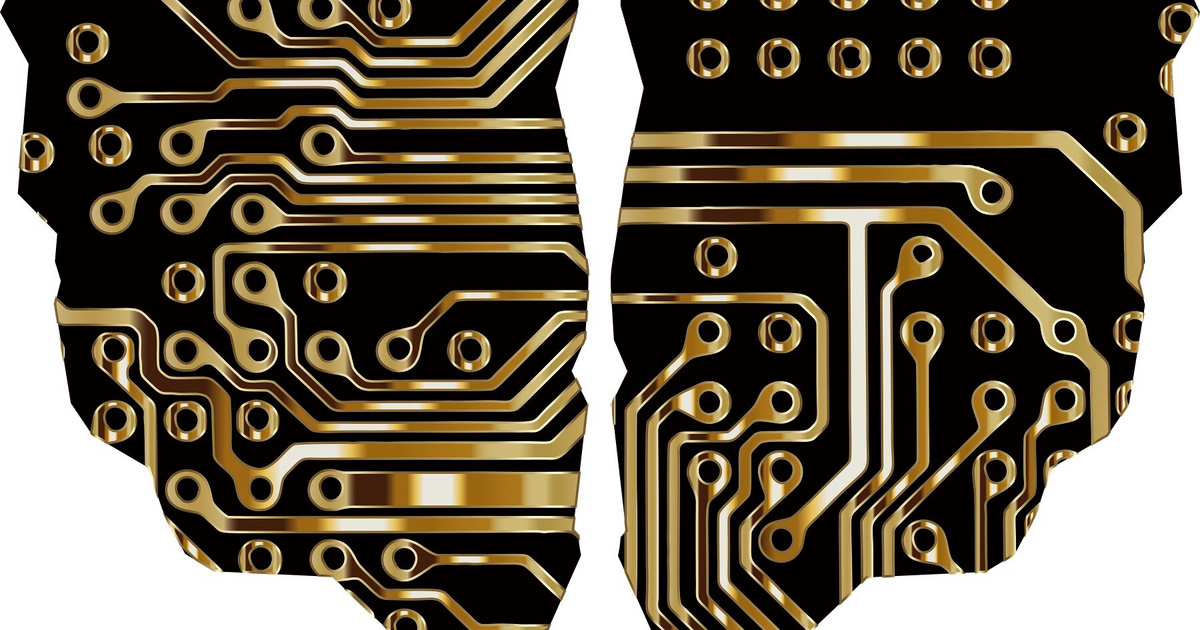Scientists working in an international collaboration have developed a material that, due to its special properties, may play an important role in the future of computing. The temper nature The development published in the journal is essentially capable of what the brain’s nerve tissue does: it reorganizes itself according to the task, while also being able to store data.
The brain has a remarkable ability to connect itself by making and breaking connections between neurons. Modeling the same thing in a similar physical system is a very serious challenge
Stanley Williams, a professor at Texas A&M University, explains.
It is a molecular device capable of dramatic reconfiguration with logical reprogramming rather than physical connections.
Professor Dr. T. Venkatesan, from the University of Singapore, said the discovery could bring a new generation of chips: they not only have more computing power, but also consume less power.
An important limitation on the performance of computers today is the bottleneck of the Neumann architecture. This is mainly due to the fact that the processor and memory form a separate unit, which means that not only does data move continuously between the two parts, but a large part of the running time is spent waiting for one unit to another.
An alternative solution to the problem was the so-called memristors. These devices made of niobium dioxide or vanadium dioxide, which contain rare earth metals, are conductive or insulating depending on temperature, and are therefore actually very sensitive to the temperature of their environment. Thus, science has been searching for some time for organic molecules that provide the memristor function a little more aggressively.
Professor Sriprata Goswami, of the Indian Society for Cultivation of Science, came across a substance with three molecules of phenylazopyridine attached to an iron atom at its centre.
Behaving like an electronic sponge, it can reversibly absorb six electrons, for a total of seven redox states. The connection between these states is the key to reconfiguration
Professor Goswami said.
Metal oxide memristors have an on and off mode, but the new material repeatedly switched between conductive and insulating states under voltage. While Professor Williams in Texas deduced mathematical models for the strange behavior of matter, which he described as a structure or – or a tree.
Based on this, Singapore University employees developed experimental computational tasks and demonstrated how the material reprograms itself to perform the next task.
Venkatesan noted that the molecular device can do the work of thousands of transistors, so the new memristor can show its power more quickly in mobile devices, phones, sensors with limited power and space.
(Phys.org)






















![Does the Nintendo Switch 2 not even reach Steam Deck's performance? [VIDEO]](https://thegeek.hu/wp-content/uploads/sites/2/2023/06/thegeek-nintendo-switch-2-unofficial.jpg)





















